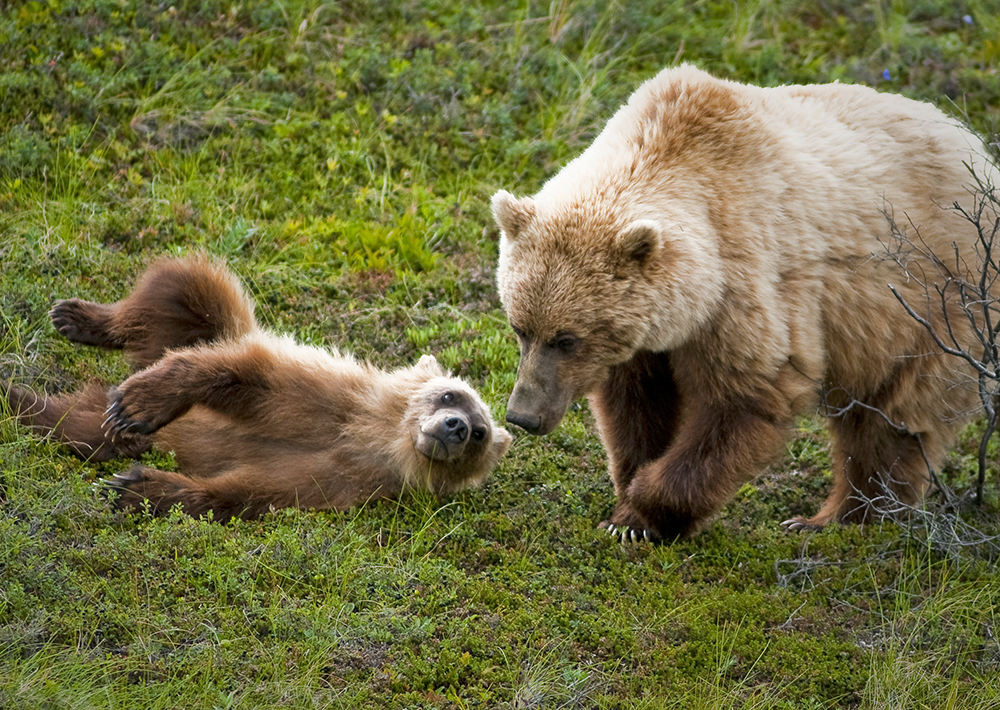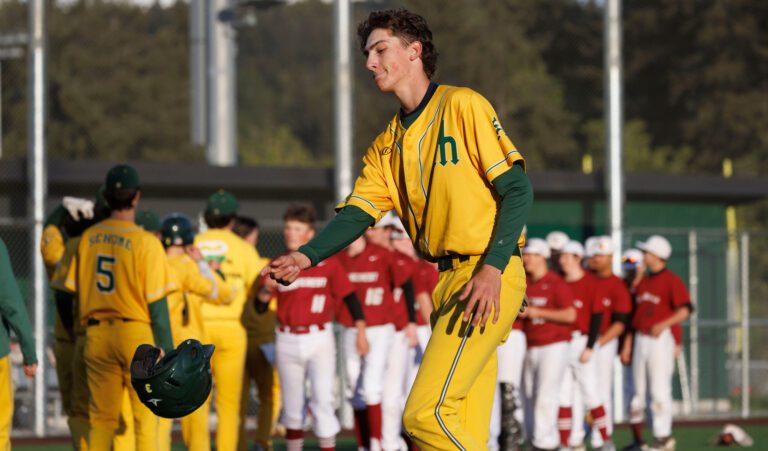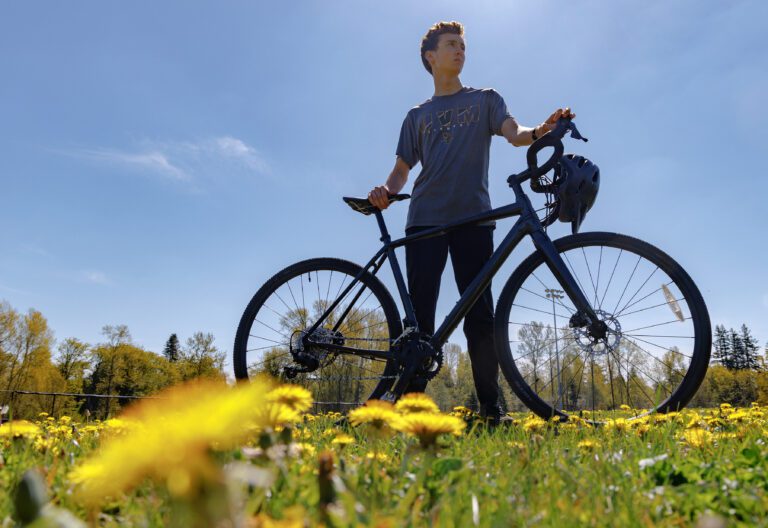I accidentally encountered a grizzly bear six decades ago.
It happened while exploring an inviting ridge in Yellowstone National Park near our youth group campground.
While powering up a golden hill to view the craggy Absaroka Range, I noticed an agitated bison on my left looking beyond me to a snarling beast on the other side of the ridgeline.
A big brown bear.
The situation was visible to those below me. Suddenly bison vs. grizzly took on added significance because of the presence of an adolescent. A ranger with a loudspeaker guided me to safety to end the day’s excitement without a mauling or head butt.
Since then, I’ve hiked in the bear country of Banff, Jasper and Glacier national parks and the Bob Marshall Wilderness in northwestern Montana. I’ve followed the basic tenets of making noise, hiking in groups and surveying surroundings to avoid grizzly encounters.
I’ve been reflecting on those experiences because officials from North Cascades National Park and the U.S. Fish and Wildlife Department are moving toward relocating three to seven bears in the coming years in remote pockets of north-central Washington. The goal is to replenish a former population all but eradicated through hunting. The last confirmed grizzly bear sighting in the North Cascades came in 1996.
A park official told me a draft environmental impact statement (EIS) is scheduled for release in June. Fish and Wildlife also are expected to have a complementary 10(j) Rule draft ready for the public comment process in the summer and early fall. The rule helps threatened or endangered species recover by allowing experimental populations to be reintroduced into their habitat.
Officials hope to have a final EIS/10(j) Rule by the winter of 2024 that would be published in the federal register. Then a decision on what action to take probably will be made at the director level, said Jason Ransom, wildlife supervisor for North Cascades National Park.
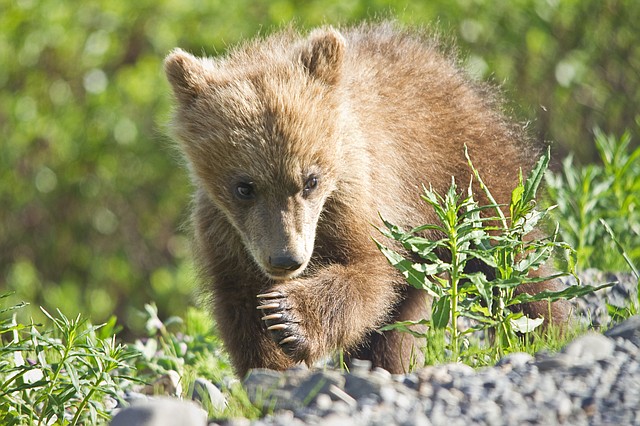 Wildlife biologists say a healthy grizzly population will help restore the biodiversity of the North Cascades, but eastern Washington ranchers and others fear the apex predator. (Photo courtesy of National Park Service/J. Frank)
Wildlife biologists say a healthy grizzly population will help restore the biodiversity of the North Cascades, but eastern Washington ranchers and others fear the apex predator. (Photo courtesy of National Park Service/J. Frank)
British Columbia wildlife officials also are in the process of relocating bears in the Canadian Cascades. E.C. Manning and Skagit Valley provincial parks along the border have had grizzly sightings in recent years. Some of the bears wander into the United States.
“They don’t have passports; they do what they want,” said Ransom, who lives in Bellingham.
The idea of re-populating grizzlies in the North Cascades began years ago and was rekindled during the Obama Administration. Arguments against the proposal have been outlined and often led by Rep. Dan Newhouse (R-Sunnyside). Newhouse is a third-generation farmer in Yakima whose expansive district reaches the Canadian border.
Past comments summarized the fear people have of recreating in grizzly habitat. Some Eastern Washington ranchers likened the return of grizzlies to relocation issues with gray wolves. Newhouse said in a news release in November that “introducing an apex predator to the area would threaten the families, wildlife and livestock of North Central Washington.”
In a recent follow-up, spokesman Mike Marinella told me, “It’s overwhelmingly clear that the communities the congressman represents do not want bears introduced.”
He encouraged community members to attend public hearings “to make their voices heard.”
Marinella emphasized something Newhouse has previously claimed: It is against state law to import bears.
When asked to clarify the law, an official with the Washington Department of Fish and Wildlife said the agency “also identified these as issues to address as we work with the U.S. Fish and Wildlife Service on the EIS.”
Bill Gaines, executive director of Washington Conservation Science Institute in Leavenworth, said the law prohibits state employees from participating in moving bears to Washington — not U.S. government officials.
I contacted Gaines, a wildlife ecologist, because he has worked with grizzly bears for much of his career. I mentioned how my mindset changes when hiking in grizzly country.
“Part of that is not so much the actual risk,” Gaines said. “It is the perception in our mind of how the grizzly bear has been portrayed to us through the media.“
Also, an innate fear of big predatory animals is lodged deep in our DNA from ancient times.
Gaines and Ransom both emphasized that the guidelines to avoid incidents are similar whether encountering a grizzly or black bear. Backcountry hikers in North Cascades National Park already are required to use bear canisters to store food and toiletries.
Most experienced Washington outdoors folks are comfortable with black bears. But, “we’re going to have to re-learn to be comfortable in grizzly country,” Gaines said.
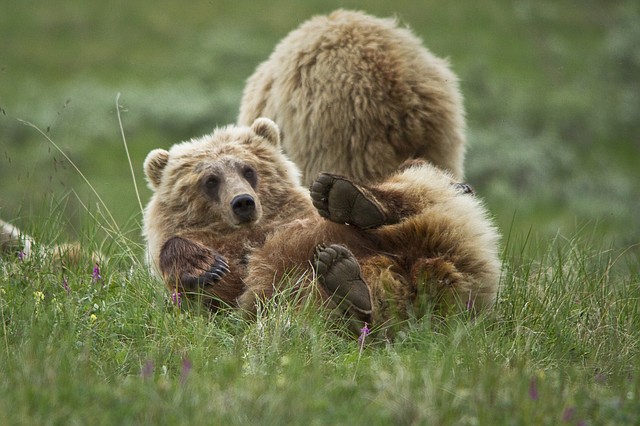 Grizzly cubs are a highlight for tourists at Denali National Park in Alaska. (Photo courtesy of National Park Service/J. Frank)
Grizzly cubs are a highlight for tourists at Denali National Park in Alaska. (Photo courtesy of National Park Service/J. Frank)
The grizzly restoration proposal is one of many projects scientists are conducting to counter the alarming loss of biodiversity across the planet.
Grizzlies once roamed the North Cascades ecosystem. Trading posts bordering the North Cascades processed more than 3,000 grizzly bear pelts over three decades in the 1800s, according to a study by International Association for Bear Research and Management. Ransom said Hudson Bay Company records show it shipped 50,000 carnivore pelts out of the area in that relatively short period.
“It is really hard for carnivores that generally are not very dense on the landscape to withstand that and recover,” Ransom said.
Wildlife biologists report wolverines and wolves returning to the North Cascades, but grizzly bears need a hand.
“Biodiversity is the key to resilience,” Ransom added. “As we look at all the climate change models from bad to worse, there are going to be winners, and there are going to be losers. The more players you have on the field, the better chance we have to win.”
A study co-authored by Ransom and published in March concluded that grizzly bear habitat in the North Cascades should improve under any climate change model.
If grizzly relocation is approved, the bears probably will be transported by helicopter from other parts of the West one at a time. Scientists say it could take 60 to 100 years for a population of 200 bears to take hold. Ransom said it is doubtful hikers would see grizzlies for decades and the likelihood of an attack is minuscule.
Over the years Gaines has thought about how much changes when carnivorous animals like grizzly bears, who mostly eat vegetation, and wolves disappear. “What component of that wildness is gone?” he said. “This is an effort to bring back that wildness.”
Gaines, who studied grizzlies in Yellowstone and Denali national parks, continued: “Instead of just walking along with ‘Novocaine brain,’ you’re more alert, aware and appreciative of your surroundings because you’re constantly accessing them.”
I retreat to the backcountry to recapture the sense of wonder that has been buried under an avalanche of mechanization. I can’t think of a better symbol than a grizzly bear to jolt me back to reality: Humans aren’t in control of everything.
Nor should we be.

